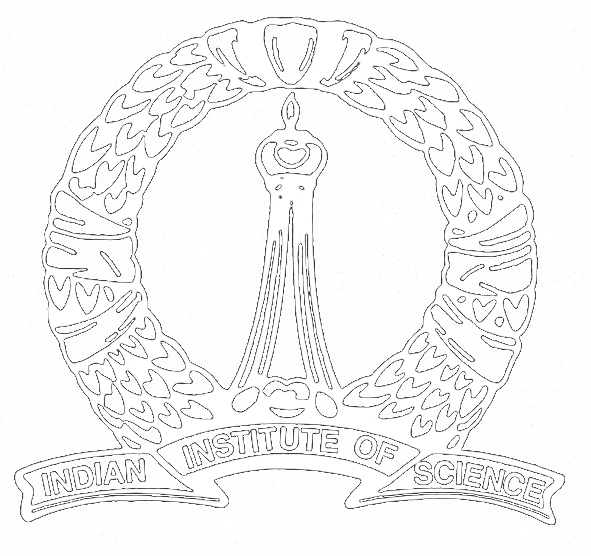MA 341: Matrix Analysis and Positivity
Credits: 3:0
Prerequisite courses: MA 219
Prerequisites :
- A course in linear algebra, and a course in calculus/real analysis.
This course explores matrix positivity and operations that preserve it. These involve fundamental questions that have been extensively studied over the past century, and are still being studied in the mathematics literature, including with additional motivation from modern applications to high-dimensional covariance estimation. The course will bring together techniques from different areas: analysis, linear algebra, combinatorics, and symmetric functions.
List of topics (time permitting):
1. The cone of positive semidefinite matrices. Totally positive/non-negative matrices. Examples of PSD and TP/TN matrices (Gram, Hankel, Toeplitz, Vandermonde, $\mathbb{P}_G$). Matrix identities (Cauchy-Binet, Andreief). Generalized Rayleigh quotients and spectral radius. Schur complements.
2. Positivity preservers. Schur product theorem. Polya-Szego observation. Schoenberg’s theorem. Positive definite functions to correlation matrices. Rudin’s (stronger) theorem. Herz, Christensen-Ressel.
3. Fixed-dimension problem. Introduction and modern motivations. H.L. Vasudeva’s theorem and simplifications. Roger Horn’s theorem and simplifications.
4. Proof of Schoenberg’s theorem. Characterization of (Hankel total) positivity preservers in the dimension-free setting.
5. Analytic/polynomial preservers – I. Which coefficients can be negative? Bounded and unbounded domains: Horn-type necessary conditions.
6. Schur polynomials. Two definitions and properties. Specialization over fields and for real powers. First-order approximation.
7. Analytic/polynomial preservers – II. Sign patterns: The Horn-type necessary conditions are best possible. Sharp quantitative bound. Extension principle I: dimension increase.
8. Entrywise maps preserving total positivity. Extension principle II: Hankel TN matrices. Variants for all TP matrices and for symmetric TP matrices. Matrix completion problems.
9. Entrywise powers preserving positivity. Application of Extension principle I. Low-rank counterexamples. Tanvi Jain’s result.
10. Characterizations for functions preserving $\mathbb{P}_G$. Extension principle III: pendant edges. The case of trees. Chordal graphs and their properties. Functions and powers preserving $\mathbb{P}_G$ for $G$ chordal. Non-chordal graphs.
11. Cayley-Menger matrices. Connections to Gram matrices, GPS trilateration, simplex volumes, and Heron’s theorem.
Suggested books and references:
- Rajendra Bhatia, Matrix Analysis, vol. 169 of Graduate Texts in Mathematics, Springer, 1997.
- Rajendra Bhatia, Positive definite matrices, Princeton Series in Applied Mathematics, 2007.
- Roger A. Horn and Charles R. Johnson, Matrix analysis, Cambridge University Press, 1990.
- Roger A. Horn and Charles R. Johnson, Topics in matrix analysis, Cambridge University Press, 1991.
- Samuel Karlin, Total positivity, Stanford University Press, 1968.
- Apoorva Khare, Matrix analysis and entrywise positivity preservers, Cambridge University Press + TRIM Series, 2022.
